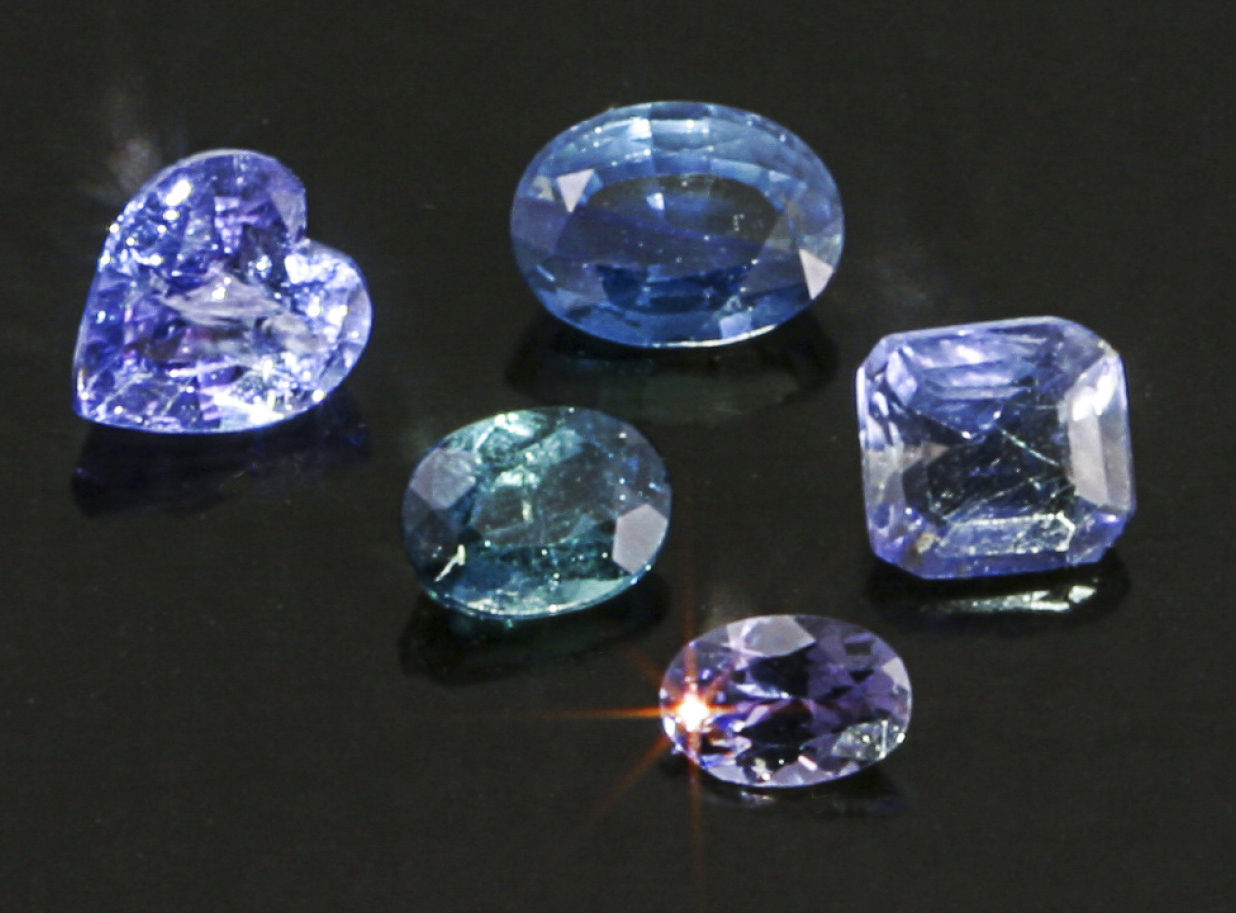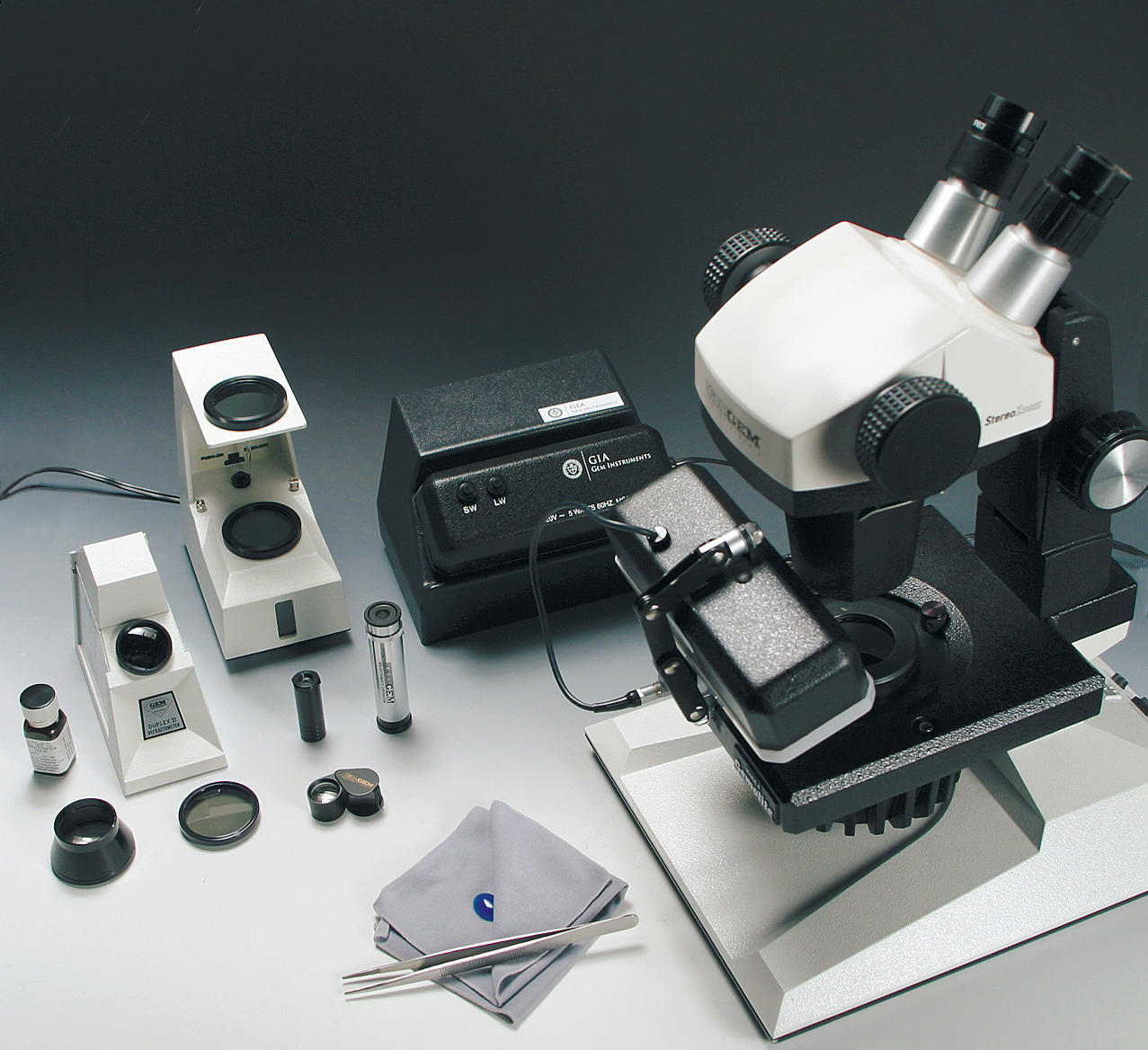- Why is it necessary to consider many factors before identifying a stone?
- What’s the best environment for gem testing?
- What instruments do you need for gem identification?
There’s a vast array of gem materials available today—everything from fine, untreated, natural gems to synthetics, imitations, and treated stones. As a gemologist, your judgment of a stone’s identity is more important than ever. You need to know that you’re getting what you paid for and that you’re selling what you think you bought. Your customers need you to have the expertise to answer their questions about gems. Your knowledge of gem identification will distinguish you from someone who simply works in the trade.
The process of gem identification involves the elimination of possibilities. This means you shouldn’t decide on a stone’s identity first and then try to prove the stone is what you think it is. For example, you can’t immediately conclude that a violetish blue stone is a sapphire. It might be tanzanite, spinel, tourmaline, iolite, or even benitoite. Consider the possibilities and then use your skills to narrow your choices and make a positive identification.
In this course, you’ll learn how to use a variety of gemological tests and instruments to determine a gem’s properties and characteristics. You’ll test a carefully chosen set of gems with each instrument. This will help you learn each instrument’s strengths and limitations and also gain a greater understanding of gemstone properties.
Your skills will improve tremendously with each completed assignment and each stone you identify. As you progress through the course, you’ll discover that certain properties and certain instruments are more valuable than others for identifying individual gemstones. As you become more experienced, you’ll instinctively choose the tests that give you the information that’s most useful for that particular separation.









